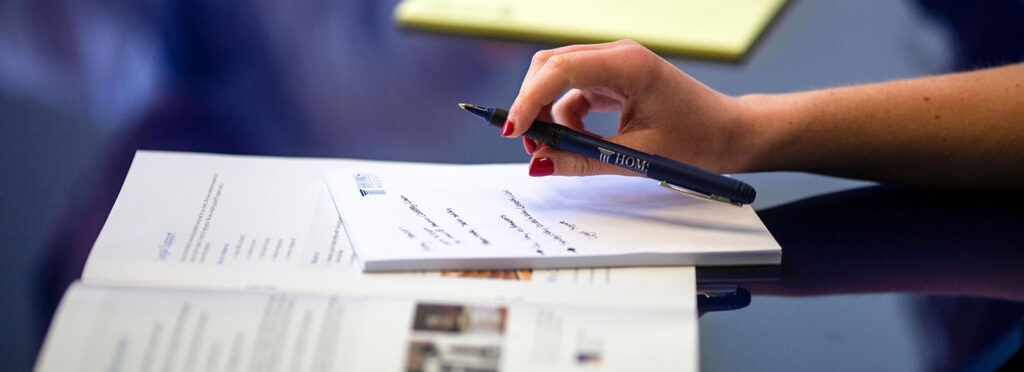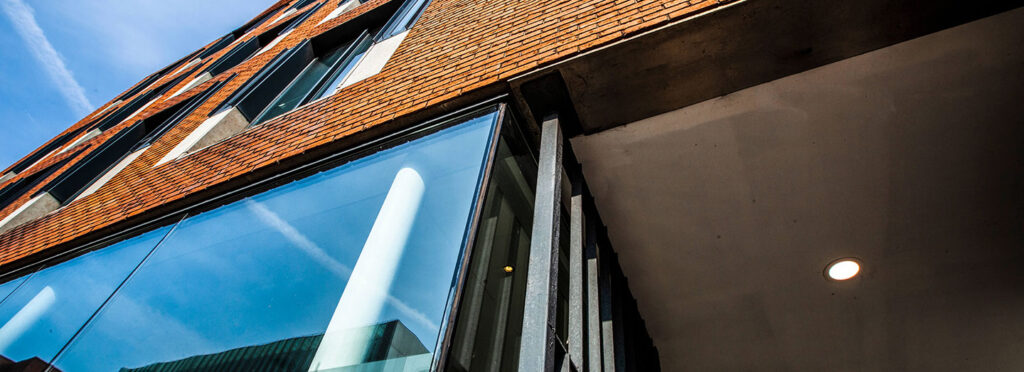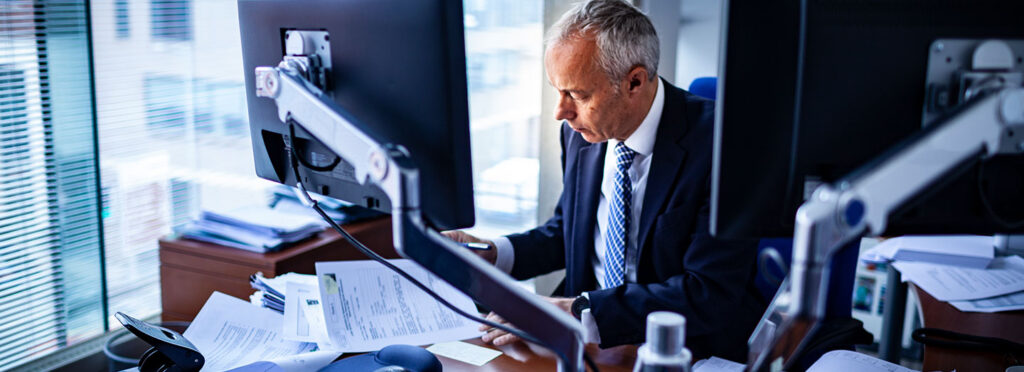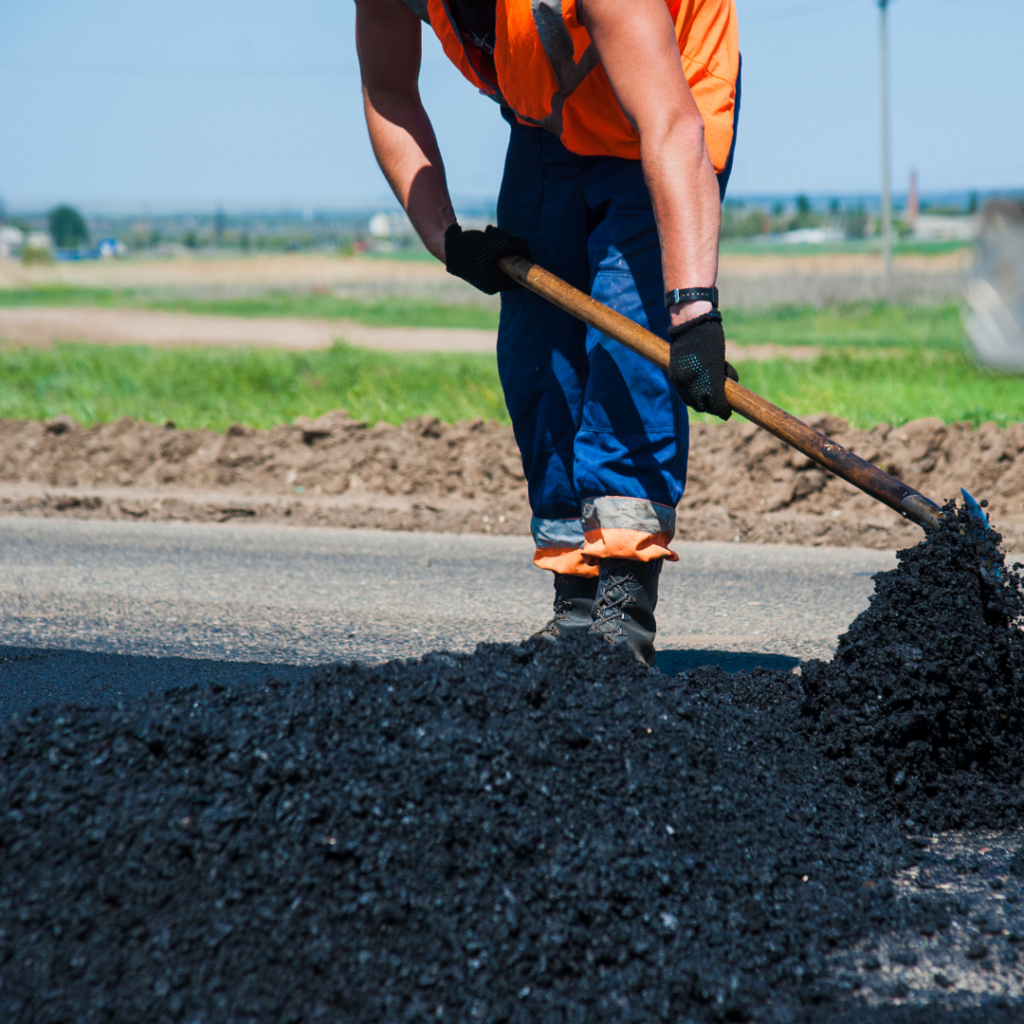Would you know your rights if you were injured in a public place?
Every day, people suffer injuries in public places—be it a twisted ankle in a car park, a fall on uneven pavements, or an unfortunate incident in a playground. Too often, individuals are unaware of their right to seek compensation under occupier’s liability laws, leaving them to shoulder the burden of medical expenses, loss of earnings, and emotional stress alone.
Occupiers’ liability cases are about more than legal technicalities; they are about fairness, safety, and ensuring people are protected. Drawing from recent high-profile cases, this article explains your rights, potential challenges, and what steps to take if you’ve experienced a public place accident.
What is Occupiers’ Liability?
Occupiers’ liability refers to the responsibility owed by those who own or control premises to maintain a safe environment for visitors and, in some cases, trespassers. This duty of care ensures individuals are reasonably protected from harm while on the premises.
Under Ireland’s Occupiers’ Liability Act 1995, the level of responsibility depends on the category of the visitor—distinguishing between lawful visitors, recreational users, and trespassers.
Understanding your rights under this legislation is crucial if you’ve suffered an accident in a public place and want to seek compensation for negligence.
Recent Cases Shedding Light on Occupiers’ Liability
Examining recent judgments gives us a clearer understanding of how the courts interpret occupiers’ liability. Below are some landmark and instructive cases that highlight key trends and considerations in public place accidents.
Case 1: The Duty to Visitors
Scanlon v McDonnell t/a The Woodlands Caravan and Camping Park [2024]
This case revolved around a plaintiff who tripped over her caravan’s power cable. The court held that the placement of service posts and cables at a caravan park is deemed an expected feature, not an “unusual danger.”
The judgment highlighted a critical point of occupiers’ liability laws—owners are not automatically liable for “usual dangers” that are inherent to the premises and could reasonably be avoided by visitors taking proper care.
Key takeaway: If you are injured in a public place, part of the legal test will be whether the hazard was “unusual” enough to hold the occupier responsible, or whether it was a typical risk you could have anticipated.
Case 2: The Duty to Recreational Users
O’Mahoney & Kennedy v Tipperary County Council [2022]
This case concerned two mothers who sustained injuries while using playground equipment designed for children. The High Court initially dismissed their claims, stating the swings were not intended for adult use. However, the Court of Appeal ordered a retrial, arguing that the plaintiffs’ use of the equipment was not explicitly prohibited.
This highlights how liability can hinge on the occupier’s clear communication of risks or limitations regarding their premises.
Key takeaway: Clear warnings and signage by occupiers can strengthen (or undermine) liability claims, particularly for recreational users.
Case 3: Trespassers and Reckless Disregard
O’Driscoll v Irish Province of Bon Secours Sisters [2024]
This case involved a trespasser injured while illegally climbing a locked gate. The court employed an objective test of “reckless disregard” and ruled in favour of the defendant, emphasising that individuals have a duty to act reasonably for their own safety.
Interestingly, this case also raised broader questions about legislative reforms, such as the 2023 introduction of voluntary assumption of risk, which allows occupiers to avoid liability if a plaintiff willingly took on the risk.
Key takeaway: Trespassers injured on private property face significant legal hurdles when seeking compensation, as recklessness—not mere negligence—must be proven.
Challenges Claimants Often Face
Personal injury claims related to accidents in a public place are rarely straightforward. Here are the common hurdles claimants encounter when pursuing redress under occupiers’ liability laws:
- Establishing Liability:
The primary challenge is proving that the occupier acted negligently. Courts consider whether the risk was “unusual,” foreseeable, and preventable.
- Complexity of Legal Definitions:
Legal distinctions such as “lawful visitors vs. recreational users” or “usual vs. unusual dangers” can complicate claims.
- Nonfeasance Immunity for Highway Authorities:
Local councils often escape liability for poorly maintained roads or footpaths due to nonfeasance immunity, further limiting potential claims.
- Clear Evidence Required:
A strong claim requires evidence like medical records, photos of the accident site, and expert reports (e.g., engineer assessments). Without these, liability is harder to prove.
What to Do After a Public Place Accident
If you’ve been injured in a public place, follow these steps to protect your health and your rights to compensation under occupiers’ liability law:
- 1. Seek Medical Attention
Attend to any injuries immediately to ensure your safety and establish a clear link between the injury and the accident.
- 2. Report the Incident
Notify the property owner, staff, or local authorities about the accident and ensure it is logged.
- 3. Gather Evidence
Photographs, witness details, and hazard descriptions can be vital in proving your claim.
- 4. Consult a Specialist Solicitor
Personal injury cases are complex. Consulting a solicitor experienced in public liability claims ensures you receive expert guidance through the legal process.
The Path to Justice
Accidents in public places can disrupt your life, but understanding your rights under occupiers’ liability laws can help you regain control. By taking clear steps and seeking the right legal advice, you can pursue justice and hold negligent parties accountable for their actions—or inactions.
At HOMS Assist, our experienced team has been helping individuals secure compensation for over 50 years. We understand the intricacies of occupiers’ liability claims and are here to guide you every step of the way.
Need legal advice?
For personalised assistance with your case, reach out to one of our dedicated solicitors today. Contact us via HOMS Assist – Personal Injury or call 1800 207 207.
Together, we’ll ensure your voice is heard. Don’t wait—justice is just a phone call away.









